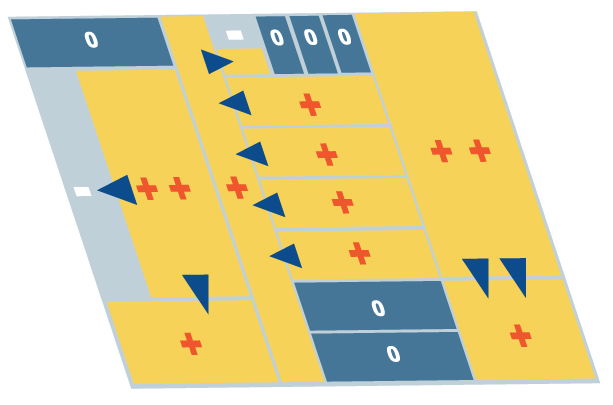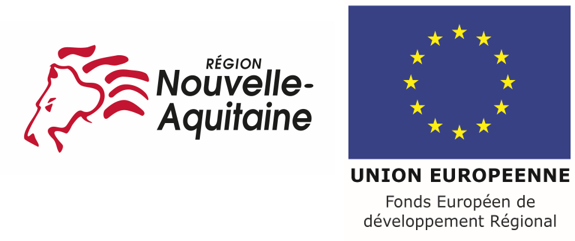GLOBAL MANAGEMENT OF AIR FLOW
FOR THE PERFECT COHERENCE OF AERAULIC HEALTH
One or more islets of hygienic conditioned air in an ocean of more or less ‘wild’ airborne pollution cannot guarantee the health qualities of agri-food products from manufacturing output. That’s why it is essential to ensure their environment coheres with aeraulic health.
We put in place specific and extensively tested methods in terms of the global management of air flow in a zone or an entire production unit. These methods are in line with the HACCP (Hazard Analysis Critical Control Point).
Identification of various contamination factors:
- humid ambient airwhich conveys and favours the development of biochemical contaminant particles,
- materials to be processed which can carry a great deal of pathogenic microorganisms,
- machines operating in locations with their inherent pollution and those caused by their cleaning and maintenance, as well as by the personnel who carry out these operations,
- premises whose architectural layout and materials can pose a problem in terms of watertightness, moisture retention and dead zones...
- personnel who do not know or respect all the physical or dress-related rules of hygiene.
Having identified all the contamination factors, Air Quality Process determines their additional and interactive combinations as well as the multiple levels of pollution they generate.

Classification of zones
The successive changes in state of the manufactured products and their development enable Air Quality Process to establish their various degrees of exposure and sensitivity to the contamination. The latter determines the classification per zone and the premises in decreasing order of danger level.
‘Forward flow’ organisation
The main requirement is to avoid cross-contamination from a polluted zone to a pollution-free zone by respecting the direction in which the products circulate. To achieve this goal, Air Quality Process organises air transfer from the most sensitive points to those that are less so by putting in place:
- positive air pressure in the most sensitive rooms,
- decompression in less sensitive rooms,
- extraction of polluted air in the most polluted places (washing plant for example),
- centralised control of all air flow components.
Development plan recommendations
From the results of investigations and the defining of principles, our Design office recommends:
- a specific development plan for global, hygienic management of air flow,
- a structural fit-out of premises: protection airlock, sectional doors, smooth water repellent materials, identification...
Fresh and handled air
We determine and supply the following equipment according to your needs:
- ultra-clean fresh air designed to create positive pressure in premises as well as the renewal of air as needed for products and personnel. We install air handling units in the most sensitive premises so as to perform triple filtration: terminal gravimetric, opacimetric and absolute (HEPA). These units are operated and maintained individually.
- additional equipment: extractors, decompression grills...
- control equipment: sensors, probes, regulations, automatons.






